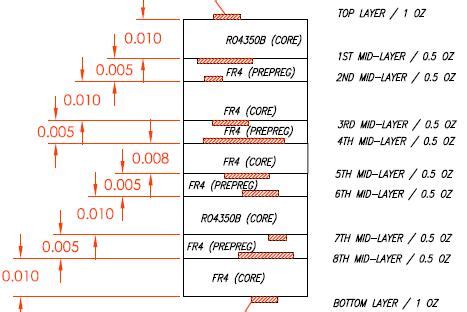
Why is Rogers better than FR4?
Introduction When it comes to printed circuit board (PCB) materials, two of the most commonly used substrates are Rogers and FR4. While both materials have[…]

Where is FR4 used?
What is FR4? FR4 is a composite material composed of woven fiberglass fabric impregnated with an epoxy resin binder. The “FR” in FR4 stands for[…]
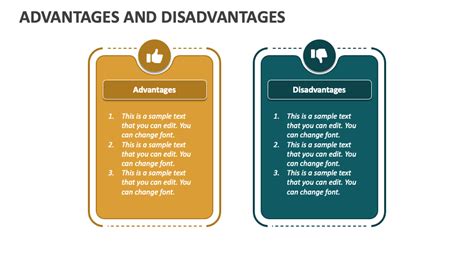
What are the disadvantages of FR4 substrate?
Keyword: FR4 Disadvantages High Dielectric Constant and Dissipation Factor One of the main disadvantages of FR4 is its relatively high dielectric constant (Dk) and dissipation[…]
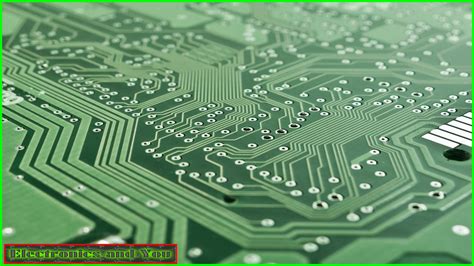
Why FR4 material is used in PCB?
Introduction to PCB material Printed Circuit Boards (PCBs) are essential components in modern electronics, providing a platform for interconnecting electronic components and creating complex circuits.[…]
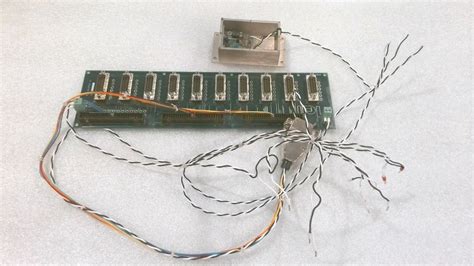
What material is NASA PCB made of?
What is a PCB? A printed circuit board (PCB) is a flat board made of insulating material, such as fiberglass or plastic, with conductive pathways[…]
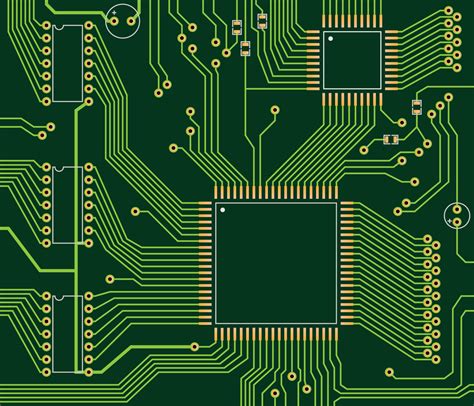
How do I choose the right PCB material?
Understanding the Different Types of PCB materials Before delving into the factors that influence PCB material selection, let’s take a closer look at the various[…]

What is the best PCB board?
Understanding PCB Boards Before diving into the specifics of choosing the best PCB board, let’s first understand what a PCB is and how it functions.[…]

What are the ingredients in PTFE?
PTFE composition PTFE is a polymer composed of carbon and fluorine atoms. The chemical formula for PTFE is (C2F4)n, where n represents the number of[…]
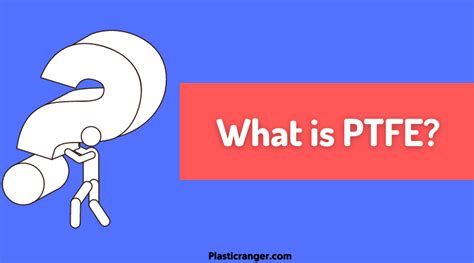
What is the difference between PTFE and Teflon?
Understanding PTFE and Teflon PTFE (Polytetrafluoroethylene) and Teflon are often used interchangeably, but they are not exactly the same thing. PTFE is a synthetic fluoropolymer[…]
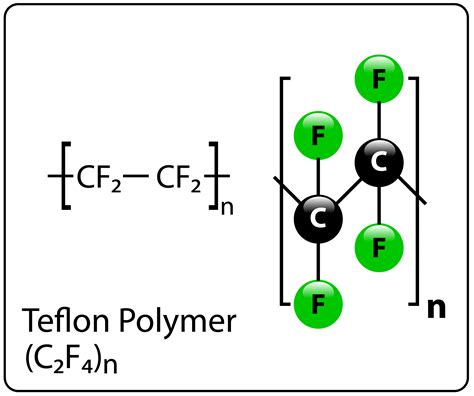
What does PTFE stand for?
History of Polytetrafluoroethylene Discovery and Development Polytetrafluoroethylene was accidentally discovered by Roy J. Plunkett, a chemist working for DuPont, in 1938. While attempting to create[…]